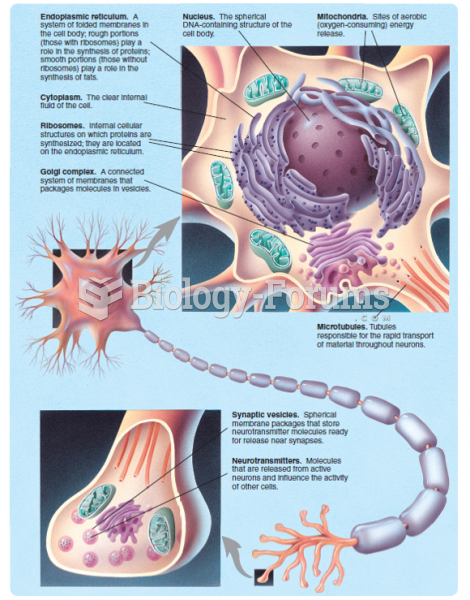Answer 1
Answer: The typical middle-class American woman during the late nineteenth century enjoyed more freedom than before the Civil War, especially greater purchasing power and more leisure time. Job opportunity was, however, still limited primarily to social services and teaching. Middle-class women enjoyed increased educational opportunities, and a few overcame barriers to join traditional male-dominated professions. They also bore fewer children. Much resistance existed to increasing female independence.
Answer 2
Answer: Urban working-class Americans in the late nineteenth century usually lived near the factories where they worked, with the factories generally located near the center of the city. Conditions were crowded and unsanitary. Housing often lacked running water and proper sewage facilities. Community life, however, prospered, alleviating some of the drabness of the living conditions. The lifestyle in these neighborhoods varied according to the ethnic population which predominated in them.
Answer 3
Answer: Between 1865 and 1900, the American population increased and became more ethnically diverse. The population increase derived largely from immigration because family size continued to decline after the Civil War. The urban population increased sharply due both to immigration and migration of rural Americans to the city. Composition of the immigrant groups changed, as immigration lessened from traditional areas in northern and western Europe and increased from southern and eastern Europe, Mexico, and China.
Answer 4
Answer: Railroads pioneered big business in the United States because of the huge costs of construction, maintenance, and operation. They attempted to limit competition in order to insure stability and profits. Because of the size of their operations, railroads had to devise new management techniques to rationalize their business practices. Railroads also attempted to keep labor cost low, promoting much labor unrest. Most other large corporations followed the practices established by the railroads.
Answer 5
Answer: Technological innovation and the development of heavy industry spurred industrialization. Construction of the transcontinental railroads nationalized the American economy, making it possible for companies to expand their operations nationwide. Available capital also was an important factor in promoting industrialization in late nineteenth-century America.







